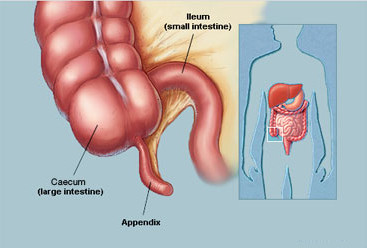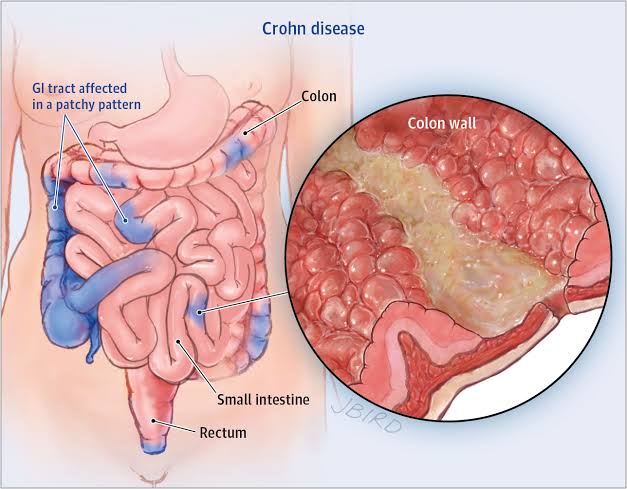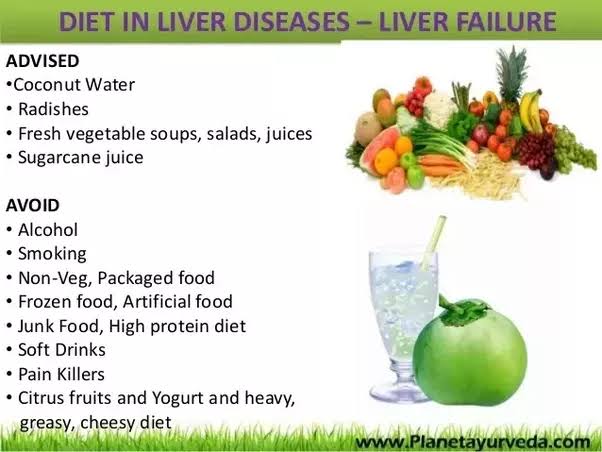Asthma is chronic lung disease that cause narrowing and inflammation of the airway.
It effect bronchi and bronchioles and these are chronically inflamed.
There are smooth muscles at outer part of bronchioles which constrict and dilated . When Asthma attack occur this leads to constriction of muscle and cause chest tightness and dyspnea.
Inside the bronchioles there are goblet cells which are help to produce mucous. When Asthma occur they strat over stimulate and start to produce extra mucous wnich lead to decreased air flow.
1. Smoke , pollen , pollution , perfumes.
2. Danders , dust mites , pests.
3. Cold and dry air .
4. Respiratory infection.
5. Exercise induced.
6. Drugs e.g. badrenergics blockers e.g. NSAIDS , Aspirin.
c. Omalizumab - These blocks role of immunoglobulin IGE and decrease allergic response. These drugs are used when Asthma is poorly controlled and when another treatment are not working. Its not for quick relief and no live vaccine should used with it.
It effect bronchi and bronchioles and these are chronically inflamed.
There are smooth muscles at outer part of bronchioles which constrict and dilated . When Asthma attack occur this leads to constriction of muscle and cause chest tightness and dyspnea.
Inside the bronchioles there are goblet cells which are help to produce mucous. When Asthma occur they strat over stimulate and start to produce extra mucous wnich lead to decreased air flow.
Causes-
2. Danders , dust mites , pests.
3. Cold and dry air .
4. Respiratory infection.
5. Exercise induced.
6. Drugs e.g. badrenergics blockers e.g. NSAIDS , Aspirin.
Early sign and symptoms-
1. Shortness of breath.
2. Easily fatigued with physical activity.
3. Frequent cough at night.
4. Symptoms related to cold , sneezing , scratchy throat.
5. Irritable.
Active sign and symptoms-
1. Chest tightness.
2. Wheezing.
3. Coughing.
4. Dyspnea.
5. Increased pulse rate.
And if these signs are not treated than it can lead to -
1. Inhaler can't work.
2. Patient can't speak.
3. Chest refraction.
4. Cyanosis mainly on lips skin.
5. Sweaty and need medical treatment very fast.
Treatment-
Medications-
1. Bronchodilators-
A. Short acting- Albuterol. Fast relief during an attack. And not used for daily treatment. These medications should not use more than 2 time for week.
B. Long acting - a. Salmetrol
b. Symbicort
These both drugs used with corticosteroids. And not used for acute attack.
C. Anticholinergics- inhaled and are short acting ( Ipratropium).
Long acting- Tiotropium . This medication cause dry mouth.
D. Theophylline - oral and not common used because cause toxicity.
2. Anti- inflammatory-
a. Corticosteroid - Inhaled , Intravenous , oral , and used for long term not used in acute attack. Fluticasone , Budesonide , Beclomethosone. They cause thrush and to prevent this use spacer with it.
- These are used after 5 mintues of bronchodilators if bronchodilator are prescribed along with this.
- These corticosteroid may lead to osteoporosis and catract.
b. Leukotriene modifiers- these are oral medications .
Montelukast- these blocks the functions of of leukotriene (smooth muscles to constrict and Increased mucous production). These relaxed smooth muscles and decreased mucous. These are not used in acute attack.
c. Omalizumab - These blocks role of immunoglobulin IGE and decrease allergic response. These drugs are used when Asthma is poorly controlled and when another treatment are not working. Its not for quick relief and no live vaccine should used with it.
d. Cromolyn ( Inhaled) - non steroidal anti- allergy . Decreased functions of cells secreting histamine and also used for long term not for quick relief.
Patient may have sneezing , burning in nose , watery eyes , bad taste in mouth.
Self care- quit smoking and avoid substance that cause allergy.
Supportive care - oxygen therapy ( provide extra oxygen to patient have difficulty in breathing as per ordered ).

































